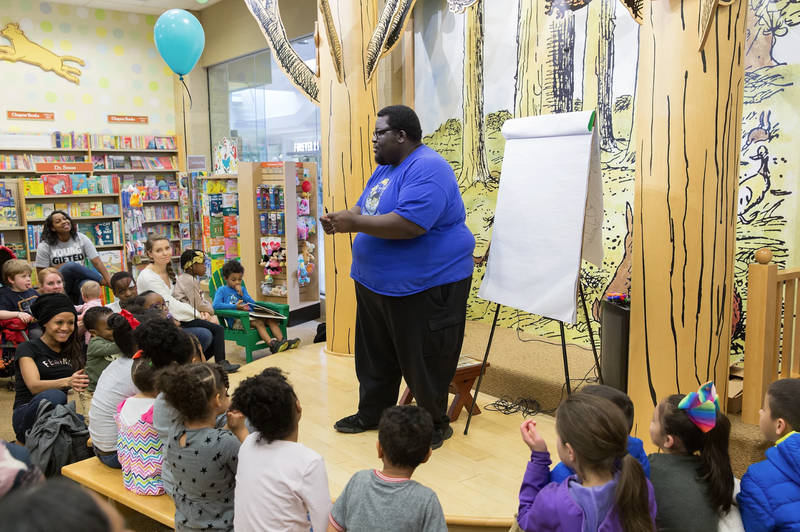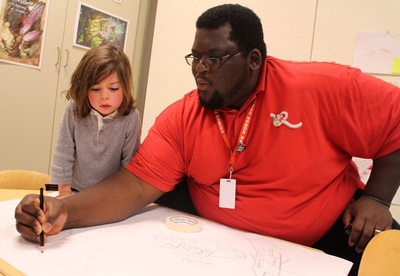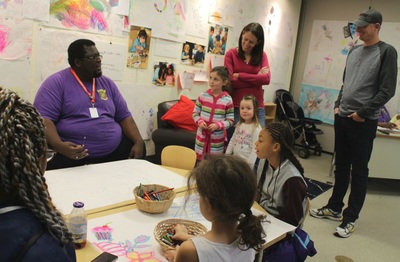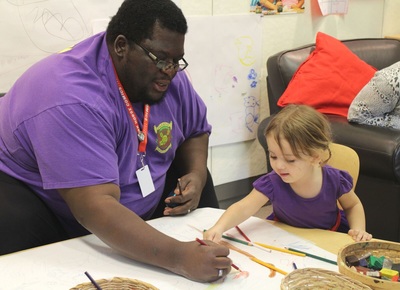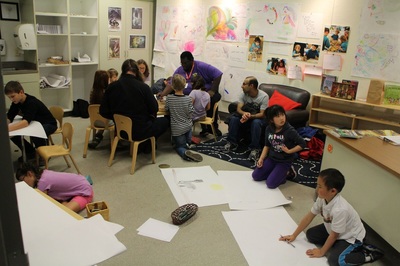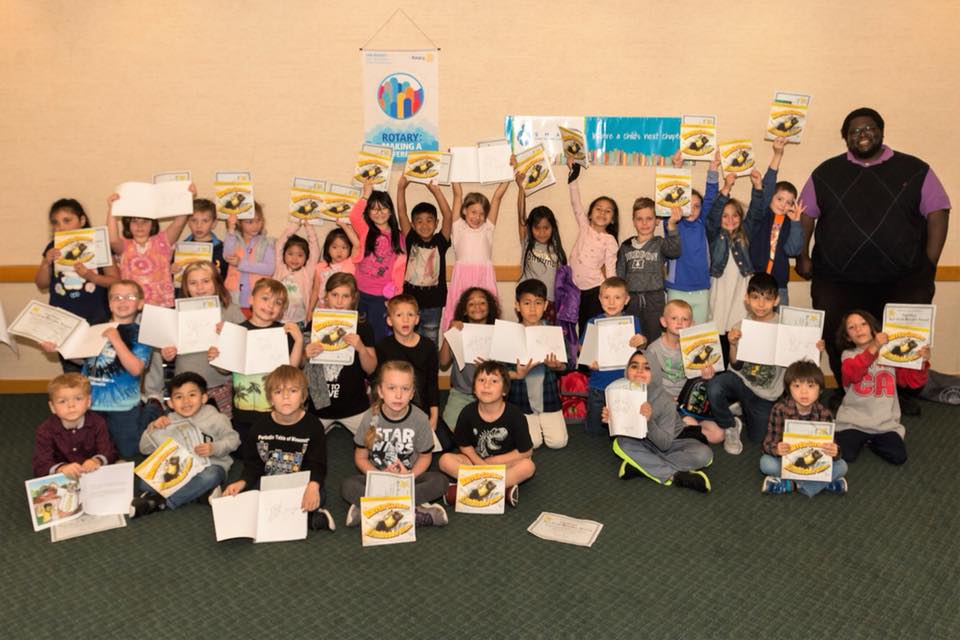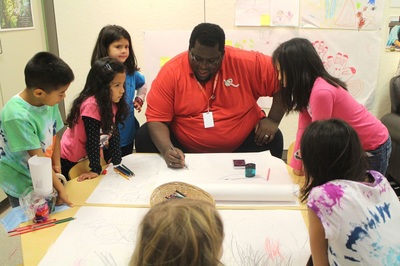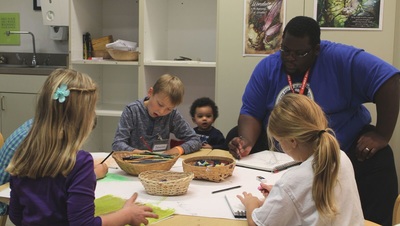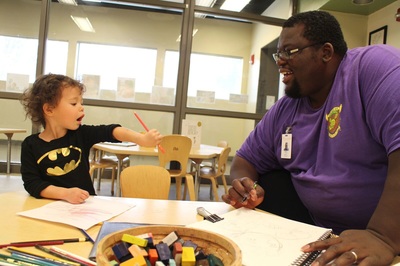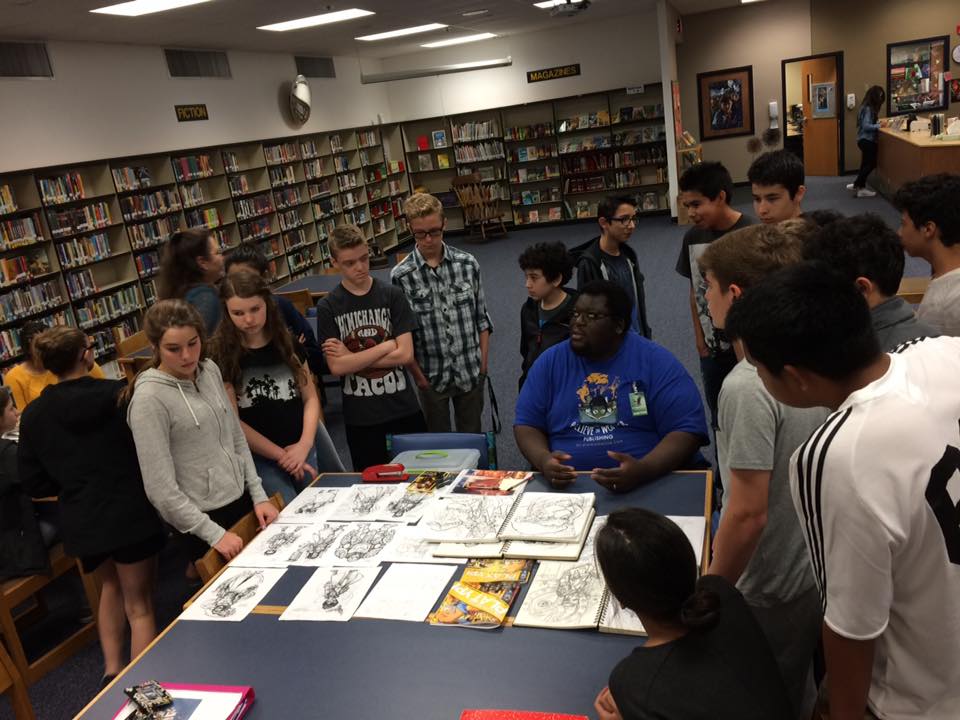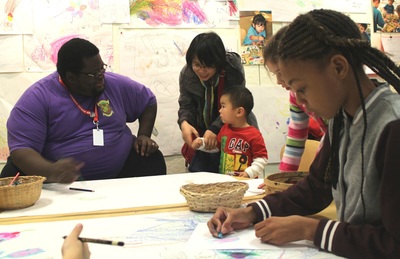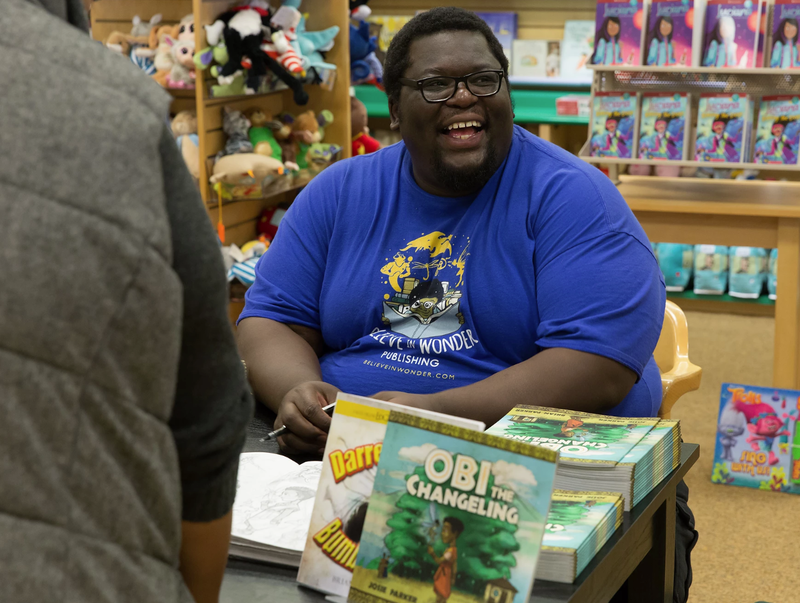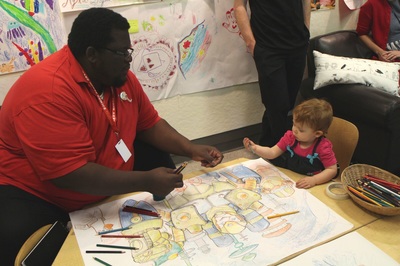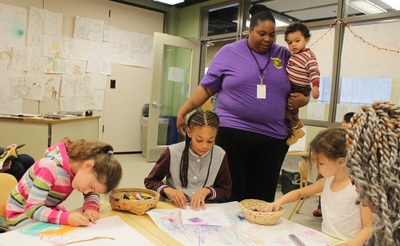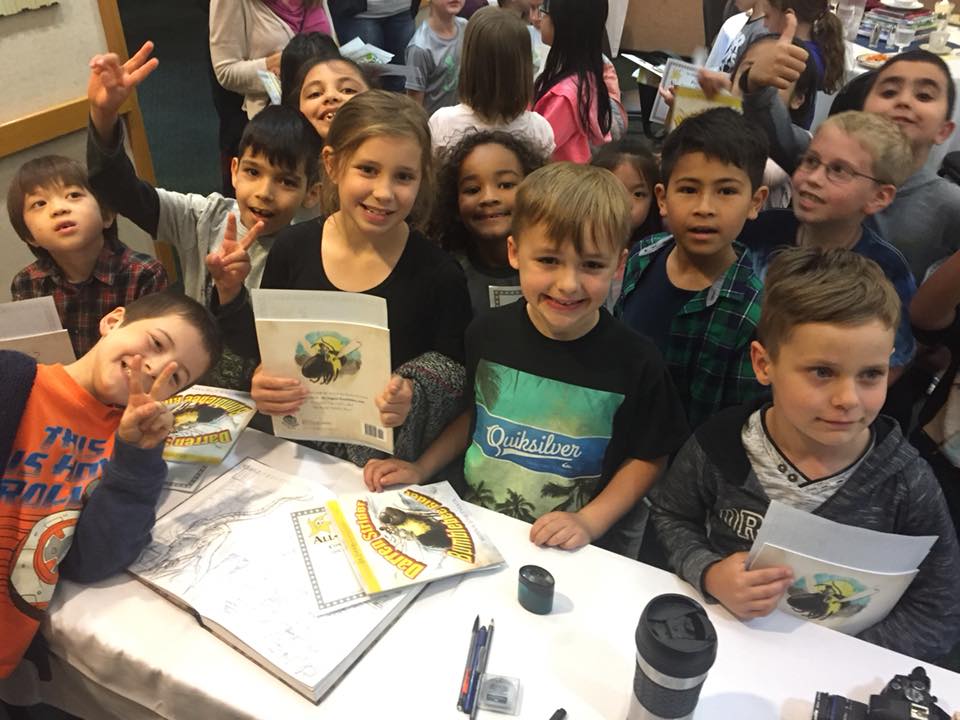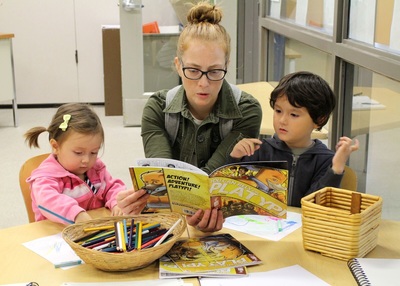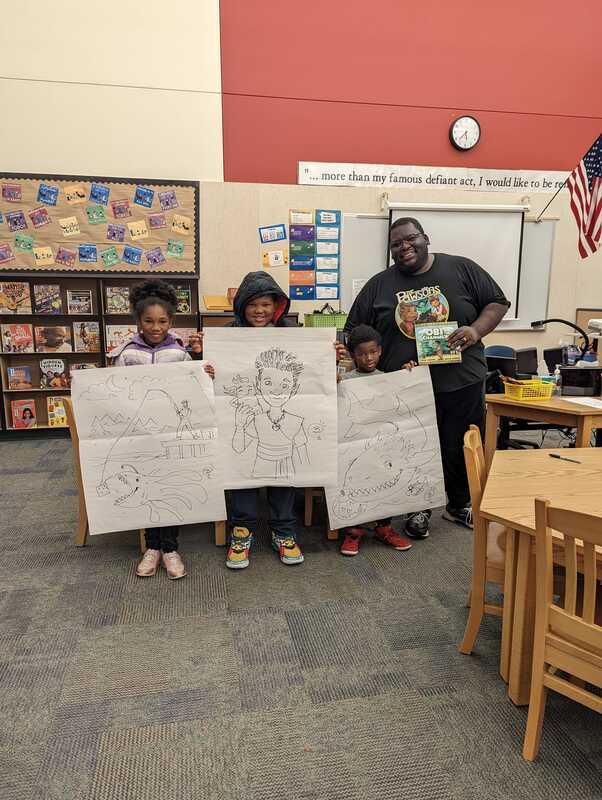Tackling Visual Storytelling
A deep dive on what makes visual storytelling unique
A deep dive on what makes visual storytelling unique
|
Essential Question: What makes for strong visual storytelling in comics, graphic novels, and picture books, and how can we use those ideas and techniques to craft our own unique and intriguing stories.
Mission Statement: Visual storytelling is a huge part of how we digest information and convey ideas in not only art, but in a host of creative endeavors. Through exploring the works of a variety of creators and crafting our own one page story, the students will learn how to communicate ideas through visuals paired with strongly crafted storytelling. |
|
Diversity in Fantasy & Sci-Fi World Building
A discussion on how to include culture and equity in your world build
A discussion on how to include culture and equity in your world build
|
The worlds of fantasy and sci-fi has suffered from a lack of diversity for many decades, despite the wonderful contributions of authors like Gene Roddenberry, Octavia Butler, N.K. Jemisin and Ursula K. LeGuin. This problem has seen some major strides in recent years, and yet some authors are still unsure of how to be more inclusive in their storytelling. There are some tricky issues of cultural appropriation and respecting the unique experiences of underrepresented groups in world-building; I would like to share my work from my book, The Wonderous Science , to illustrate how these issues can be tackled in creative ways. From researching and using historic elements to ground characters, to adding diverse settings, we’ll discuss how to communicate with readers from a wide variety of cultural backgrounds.
|
|
Things I've Learned on My Way to Wonder
A discussion on the art life and entrepreneurship
A discussion on the art life and entrepreneurship
|
Brian W. Parker, “artist, illustrator, entrepreneur and creator of the fantastical,” returned to his Alma Mater to share some life lessons with Department of Art juniors and seniors. The 2003 MSU Bachelor of Fine Arts alumnus who holds a master’s from Portland State University presented “Things I’ve learned on my way to wonder.” Parker, owner and creative director at Believe in Wonder Publishing, discussed his pathway from student to entrepreneur, and broke down his advice into six key points.
|
|
The Storyteller's Notebook Creative Workshop
|
Where do your ideas come from? It’s the most common question asked of artists, writers, and creatives – and sometimes one of the hardest to answer. It’s our mission to help shed some light on this essential part of the creative process. How? Through actively harvesting ideas in journals, sketchbooks, on napkins, and in the margins of your favorite books. Storytellers in all fields use journaling and sketching to capture ideas and to locate, develop, and communicate their stories across a range of disciplines? In our workshop we will dive into the process, with great examples of journals created by artists like Guillermo del Toro and Neil Gaiman.
Bring your excitement to create, and your imagination! |
|
Believe In Wonder working with young audiences.
Please contact us for more information and pricing for workshops, and to schedule visits to your classrooms, institutions, and events.
|
|
